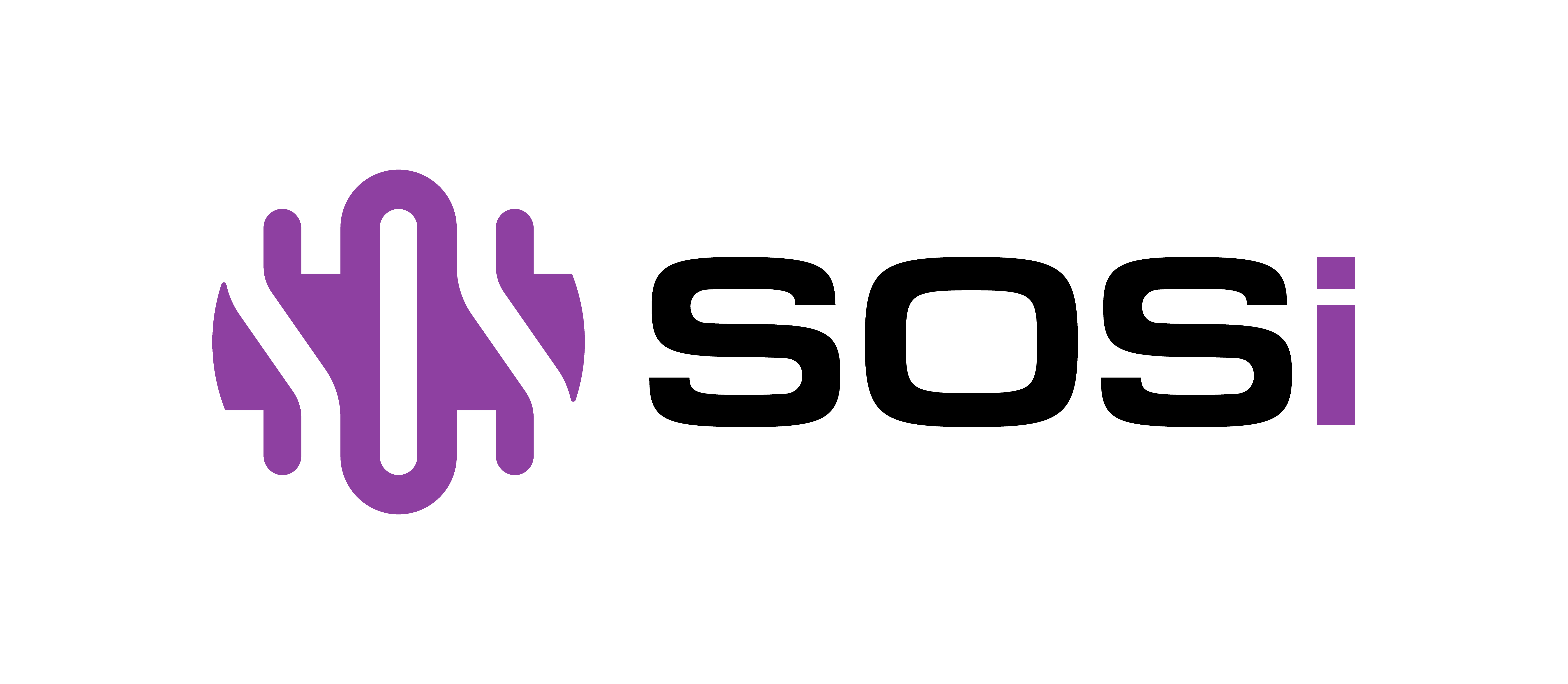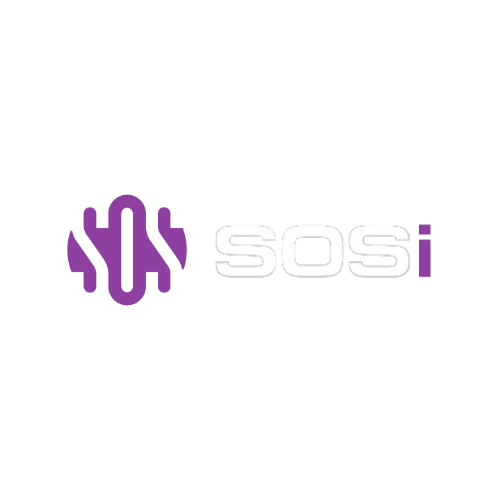
The journey to modernize government IT isn’t just about implementing new methodologies — it’s about fostering genuine partnerships that drive sustainable change.
“Change is hard, especially for people who have worked in traditional project management their entire careers,” said Jessica Garrett, a SOSi Solutions Architect in the Office of the Chief Technology Officer. “But when you start by understanding everyone’s perspective and experience, you can tailor the approach to address specific needs and concerns.”
At the Defense Intelligence Agency’s Missile and Space Intelligence Center (MSIC) in Huntsville, Alabama, where AI and machine learning technologies are being leveraged to revolutionize military intelligence analysis, this philosophy recently proved transformative.
Garrett led a specialized two-day Agile training workshop designed to bridge the gap between traditional project management and modern product delivery methods.
“This was a unique contract for both us and the customer,” Garrett said. “We wanted to make sure we were continuously delivering value to the customer, so we created a very customized Agile 101 workshop that brought everyone together — government stakeholders and our technical teams alike.”
The workshop’s success hinged on active participation from key stakeholders, including MSIC’s technical point of contact. SOSi Program Manager Quentin Noreiga said he recognized the importance of including the customer’s vision.
“I encouraged our government technical lead to share his vision with the team,” Noreiga said. “We were more concerned with the output of the process than the details of the process itself.”
This emphasis on outcomes over rigid processes has yielded significant results. MSIC participants, initially cautious about the transformation, became actively engaged in prioritizing work and establishing delivery cadences that aligned with their operational needs. The program evolved from traditional project management to a more dynamic, value-focused approach.
“It’s about changing the mindset from managing projects to delivering products,” Garrett said. “Everything is a deliverable, but how we get there needs to be adaptable to each team’s specific circumstances.”
The success extends beyond immediate deliverables. Cross-functional teams now collaborate more effectively, breaking down traditional silos between data scientists, engineers, and government stakeholders. This integration has opened new opportunities for innovation beyond basic requirement fulfillment.
“We want to get to a space where we’re bringing innovation to the customer,” Noreiga said. “Not just producing the products they’re asking for, but innovating for them.”
Looking forward, this approach to government IT modernization represents more than just a single program’s success. It demonstrates how organizational transformation can occur through careful attention to stakeholder needs, open communication, and a commitment to continuous improvement. The focus remains on building lasting partnerships that enable government agencies to adapt and innovate in an increasingly complex technical landscape.
Success in government IT modernization isn’t measured just in deliverables, but in the strength of the partnerships formed and the sustainable practices established. When teams share a common language and vision, they can move beyond simple requirement fulfillment to true technical innovation.

